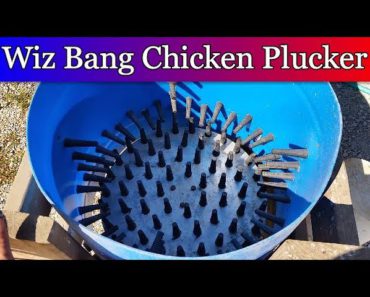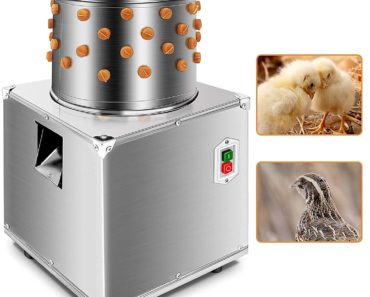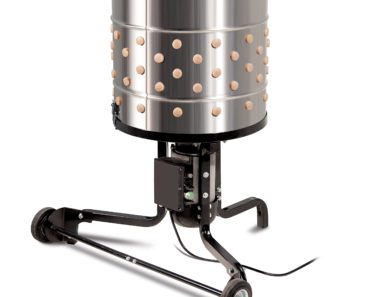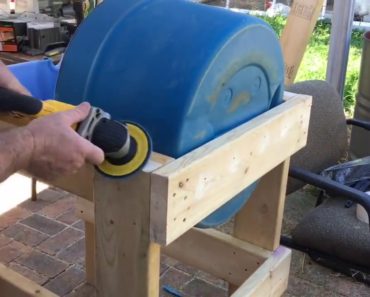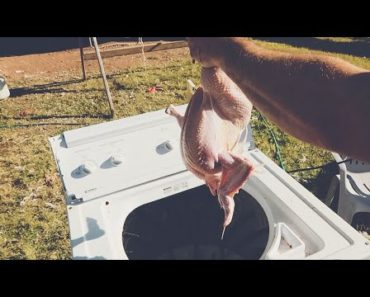Contents
- 1 Understanding the Essential Components of a Chicken Plucker Plate
- 2 The Importance of a Chicken Plucker Plate
- 3 FAQ
- 3.1 How does the design of a chicken plucker plate affect the efficiency of the plucking process?
- 3.2 What materials are commonly used in the construction of chicken plucker plates and how does this impact their durability and performance?
- 3.3 Can different types of chicken plucker plates be used for various breeds or sizes of chickens, and what factors should be considered when selecting the appropriate plate for optimal plucking results?
- 3.4 Related Posts
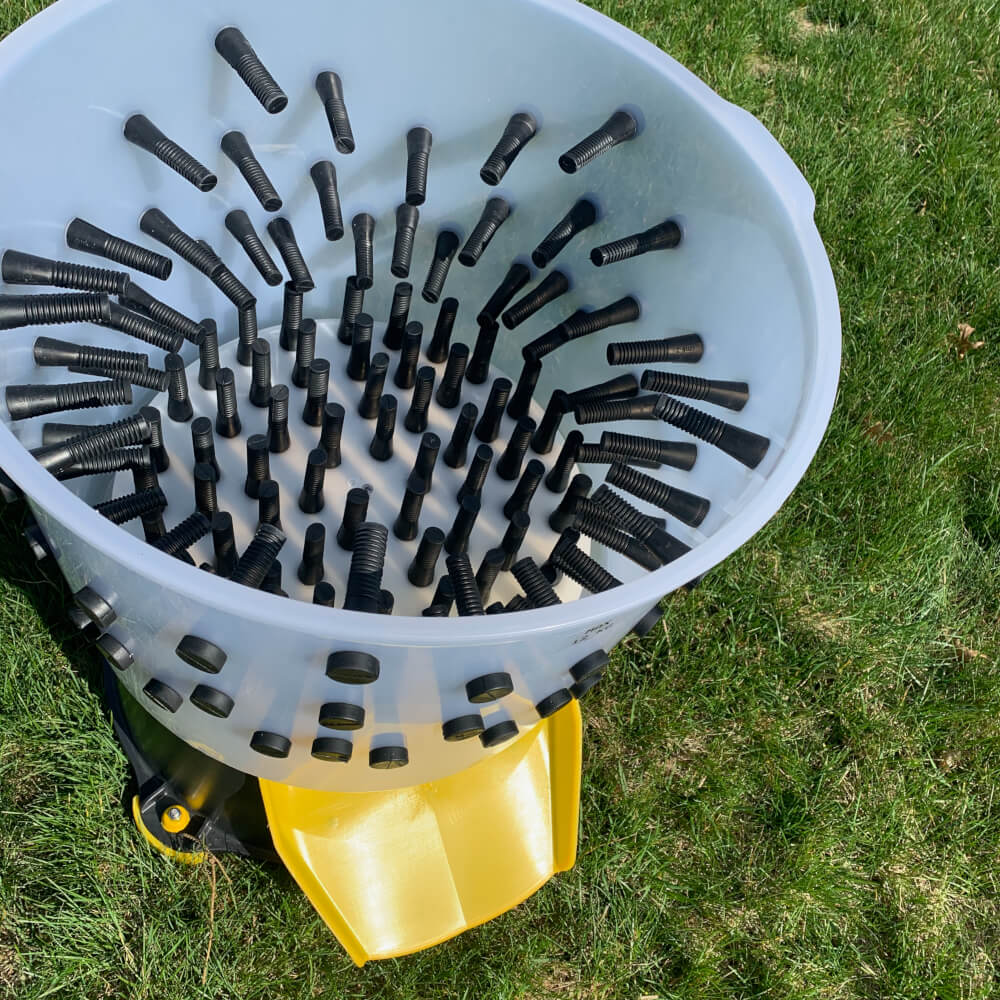
Introducing the Chicken Plucker Plate: The ultimate tool for effortless poultry feather removal. With its durable and efficient design, this innovative device revolutionizes the plucking process. Say goodbye to time-consuming hand plucking and hello to a swift and effective poultry processing experience. Discover the power of the Chicken Plucker Plate today!
Understanding the Essential Components of a Chicken Plucker Plate
Understanding the Essential Components of a Chicken Plucker Plate is crucial for anyone involved in the Chicken Plucker industry. The Chicken Plucker Plate is a key component of the machine, responsible for effectively removing feathers from chickens during the plucking process.
The Chicken Plucker Plate consists of several important elements that work together to achieve efficient feather removal. One of these elements is the plate’s material, typically made of rubber or plastic. This material is designed to be durable and flexible, allowing it to withstand the repetitive friction and pressure applied during plucking.
Additionally, the design of the plate is essential to ensure successful feather removal. The surface of the plate features numerous small protrusions or fingers that grip the feathers as the plate rotates. These fingers are strategically placed to ensure thorough coverage and effective plucking without causing damage to the chicken’s skin.
The size and spacing of the fingers on the Chicken Plucker Plate are also critical factors. The ideal configuration depends on the size and type of chickens being plucked. Proper finger placement and spacing enable efficient feather removal while minimizing the risk of tearing or damaging the chicken’s skin.
Furthermore, the speed and rotation of the plate play a significant role in the plucking process. The Chicken Plucker Plate is typically attached to a motor that controls its rotation. The appropriate speed ensures optimal performance, effectively removing feathers without causing excessive stress on the chickens.
Understanding the essential components of a Chicken Plucker Plate is vital for achieving successful feather removal. The material, design, finger placement, and rotation all contribute to the efficiency and effectiveness of the plucking process. By incorporating these elements, Chicken Plucker manufacturers can produce high-quality machines that meet the needs of poultry farmers and butchers, ultimately streamlining the plucking process and improving overall productivity.
The Importance of a Chicken Plucker Plate
1. Enhancing Efficiency in Poultry Processing
The chicken plucker plate is a vital component in poultry processing equipment. It is designed to streamline the plucking process by efficiently removing feathers from chickens. The plate’s unique design and material ensure effective feather removal, making the overall plucking process faster and more efficient. With the use of a high-quality chicken plucker plate, poultry processors can significantly reduce manual labor and increase productivity.
2. Ensuring Clean and Smooth Results
A well-designed chicken plucker plate guarantees clean and smooth results. Its surface is typically made of durable materials like rubber or silicone, which provide excellent friction to remove feathers effectively without damaging the chicken’s skin. This prevents unsightly blemishes or scratches that can occur with improper plucking methods. By utilizing a chicken plucker plate, poultry processors can ensure that each chicken is plucked thoroughly and remains visually appealing.
3. Minimizing Contamination Risks
Contamination risks are a significant concern in poultry processing. The chicken plucker plate plays a crucial role in minimizing these risks by efficiently removing feathers that may carry microorganisms or dirt. Proper plucking using a reliable plate significantly lowers the chance of cross-contamination, ensuring safer and healthier poultry products. Utilizing a chicken plucker plate as part of a robust food safety management system enables producers to meet the stringent standards and regulations in the poultry industry.
FAQ
How does the design of a chicken plucker plate affect the efficiency of the plucking process?
The design of a chicken plucker plate plays a crucial role in determining the efficiency of the plucking process. The plate is typically equipped with rubber fingers that rotate and remove feathers from the chicken’s body.
The spacing between the rubber fingers is an important aspect of the plate design. If the spacing is too wide, the plucker plate may not effectively grip and remove all the feathers, resulting in an inefficient plucking process. On the other hand, if the spacing is too narrow, there might be excessive friction, leading to the potential damage of the chicken’s skin.
The shape and angle of the rubber fingers also contribute to the plucking efficiency. Ideally, the fingers should have a curved shape, allowing them to easily reach and grasp the feathers. Moreover, an optimal angle ensures that the feathers are pulled out smoothly without causing any harm to the chicken’s skin.
Additionally, the material quality of the plucker plate is essential for its durability and effectiveness. High-quality materials not only contribute to a longer lifespan of the plate but also ensure consistent and efficient plucking.
A well-designed chicken plucker plate with appropriate spacing, curved rubber fingers, and optimal angles can significantly enhance the efficiency of the plucking process, ensuring thorough removal of feathers while minimizing any potential harm to the chicken’s skin.
What materials are commonly used in the construction of chicken plucker plates and how does this impact their durability and performance?
Chicken plucker plates are typically made of either stainless steel or rubber.
Stainless steel plates are commonly used due to their durability and resistance to corrosion. They are designed to withstand the repetitive motion of plucking feathers without becoming damaged or deformed. Stainless steel plates also provide consistent traction, ensuring effective feather removal from the chicken’s body. These plates are typically more expensive than rubber plates but offer superior performance and longevity.
On the other hand, rubber plates are a more affordable option. They are often made from food-grade rubber and are known for their flexibility and grip. Rubber plates can effectively remove feathers, but they may not be as durable as stainless steel plates. Over time, the rubber might wear down or develop cracks, reducing their efficiency in plucking. However, rubber plates are often quieter during operation and may provide a gentler plucking experience for the chickens.
The choice between stainless steel and rubber plates ultimately depends on the user’s specific requirements and budget. Stainless steel plates are preferred by professional poultry processors or those who handle large volumes of chickens due to their long-lasting performance. On the other hand, rubber plates are more suitable for small-scale or occasional use where cost-effectiveness is prioritized over long-term durability.
The choice of materials for chicken plucker plates impacts both their durability and performance. Stainless steel plates offer superior durability and consistent performance but come at a higher cost. Rubber plates are more affordable but may not last as long and could potentially compromise plucking efficiency over time.
Can different types of chicken plucker plates be used for various breeds or sizes of chickens, and what factors should be considered when selecting the appropriate plate for optimal plucking results?
Yes, different types of chicken plucker plates can be used for various breeds or sizes of chickens. When selecting the appropriate plate for optimal plucking results, it is important to consider several factors.
The size and age of the chickens: Different breeds and ages of chickens may have different feather densities and sizes. Consider choosing a plucker plate that suits the size and age of the chickens you are processing.
The quality and condition of the feathers: Feathers that are firmly attached to the skin may require a more aggressive plucker plate, while softer feathers might need a gentler option.
The material and design of the plucker plate: Plucker plates can be made from various materials such as rubber fingers, rubber discs or fingers with silicone tips. The design and spacing of the fingers or discs on the plate can also have an impact on plucking efficiency. Research and compare different plate options to find the best fit for your needs.
The plucking machine’s speed: Different plucking machines have varying speeds. Higher speeds may require plates with stronger gripping power to effectively remove feathers, while slower speeds may allow for more delicate plucking plates.
Personal preference and experience: Every chicken plucker operator may have their own preference based on their experience with different plates. Experimentation and feedback from other users can help determine the optimal plucker plate for your specific situation.
When selecting a plucker plate, consider the size and age of the chickens, the quality and condition of the feathers, the material and design of the plate, the plucking machine’s speed, and personal preference and experience.
The chicken plucker plate is an essential component of the Chicken Plucker machine that facilitates the efficient and effective removal of feathers from poultry. Its durable construction, innovative design, and stainless steel material make it a reliable tool for both small-scale and commercial chicken processing operations. The plate’s strategic placement and well-designed rubber fingers ensure thorough feather removal without causing damage to the bird’s skin. With its ease of use and cleaning, the chicken plucker plate is a must-have for anyone involved in poultry processing. Incorporating this essential component into your Chicken Plucker will undoubtedly improve productivity and streamline the feather removal process.

